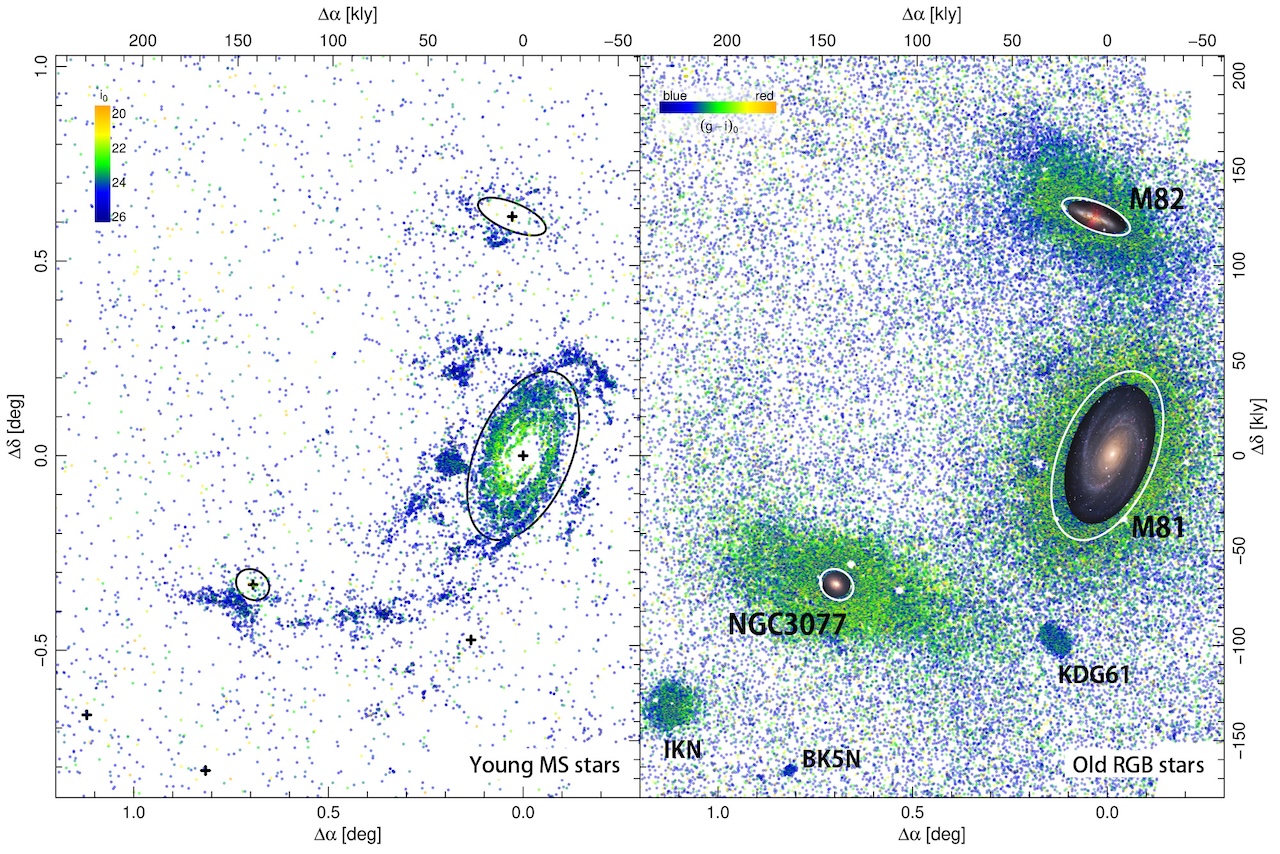Theoretical Astrophysics Colloquia
59th Colloquium
Galaxy archaeology through the synergy of Subaru and space telescopes
Sakurako Okamoto
NAOJ
Abstract
Over the last two decades, wide-field resolved star studies have shown a remarkable variety of stellar (sub-)structures in the halos of the Milky Way and M31, attesting to the fact that accretions have played an essential role in shaping their evolution. Pushing these studies to galaxy systems beyond the Local Group is crucial to increasing sample size and deriving representative trends. In this talk, I briefly summarize recent studies of galaxy outskirts, then introduce the ongoing survey with Subaru Telescope, the Subaru Near-Field Cosmology survey, which targets several Local Volume disk galaxies to elucidate the dependence of stellar halo properties. The resolved stellar photometries with Subaru/HSC enable us to detect individual old red giant branch stars and cover more than half of the virial radii of target galaxies. These datasets enable mapping of the stellar halos and discovering faint substructures around galaxies. I will also discuss future plans with upcoming projects such as Subaru/PFS, Euclid, Rubin, Subaru/ULTIMATE-WFI, and Roman, which will allow us to make great leaps in the number of systems that can have their stellar contents analyzed via their resolved star populations.


 和 英
和 英